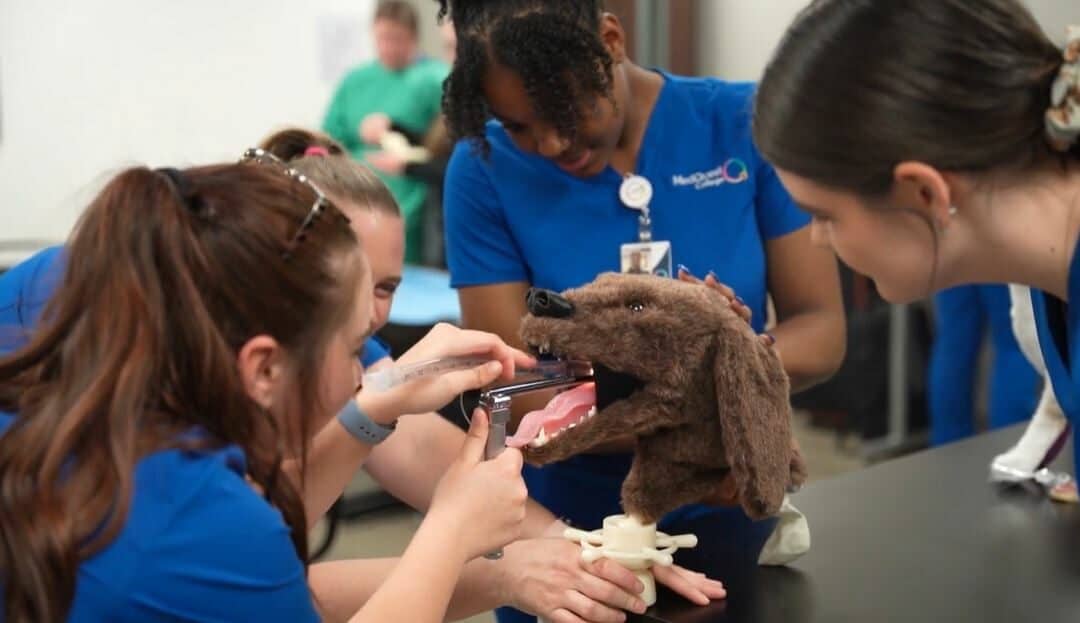Introduction
The transition from a veterinary technician Vet Tech to a veterinarian is a significant and rewarding career shift in the field of animal care. Vet techs play a crucial role in supporting veterinarians and ensuring the well-being of animals. For those looking to advance their careers and take on a greater level of responsibility in animal healthcare, this transition offers a pathway to becoming a veterinarian. This article will explore the steps involved in making this transition, the challenges you might face, and how to navigate this career evolution successfully.
Understanding the Role of a Vet Tech
Before embarking on the journey from vet tech to veterinarian, it’s important to understand the current role of a vet tech. Veterinary technicians are integral to veterinary practices, assisting with a variety of tasks that include performing diagnostic tests, administering medications, assisting in surgeries, and educating pet owners. They monitor animal health and provide crucial support to veterinarians, making them the backbone of veterinary care. This experience provides a strong foundation for advancing to a veterinarian role.
Reasons for Transitioning
The decision to move from a vet tech role to becoming a veterinarian often arises from a desire for increased responsibility, leadership roles, and a deeper understanding of medical science. Veterinarians have the authority to diagnose and treat diseases, perform complex surgeries, and make critical medical decisions. For many vet techs, this transition represents an opportunity to make a more significant impact on animal health and to fulfill a long-held career aspiration.
Educational Requirements
To become a veterinarian, one must complete a Doctor of Veterinary Medicine (DVM) degree. The educational path typically begins with obtaining a bachelor’s degree, often in a science-related field. Veterinary schools usually require this prerequisite before admission. Following the completion of a bachelor’s degree, the next step is to attend veterinary school, which generally takes four years. During this time, students receive comprehensive training in veterinary medicine, covering advanced topics and practical skills necessary for the profession.
Gaining Additional Experience
While vet techs bring substantial practical experience to the table, acquiring additional experience is crucial for the transition. This may involve working in various veterinary settings to gain exposure to different specialties and practices. Networking with veterinarians and other professionals in the field can also provide valuable insights and support throughout the educational journey. Such experiences not only enhance your resume but also prepare you for the diverse challenges of a veterinary career.
Preparing for Veterinary School Admissions
The admissions process for veterinary school is competitive and demanding. To prepare effectively, it is important to build a strong application. Highlighting your experience as a vet tech, including any specialized skills or responsibilities, is crucial. Obtain strong letters of recommendation and craft a compelling personal statement that reflects your dedication and suitability for the profession. Additionally, some veterinary schools may require interviews, so practicing common interview questions and scenarios related to veterinary medicine is beneficial.
Completing the DVM Program
Once admitted to a veterinary school, you will embark on an intensive educational journey. The DVM program covers a wide range of subjects, including animal anatomy, pharmacology, surgery, and internal medicine. Hands-on clinical experience is also a significant component, allowing students to apply their knowledge in real-world settings. The program culminates in a series of examinations and practical assessments, preparing graduates for the responsibilities of a veterinary career.
Licensure and Certification
After earning your DVM degree, the next step is obtaining licensure to practice as a veterinarian. This typically involves passing the North American Veterinary Licensing Examination (NAVLE) and meeting any additional state-specific requirements. In some cases, further specialization may require additional certification or training.
Navigating the Transition
Transitioning from a vet tech to a veterinarian is a journey that requires dedication, perseverance, and a clear vision of your career goals. Balancing work, study, and personal life can be challenging, but maintaining focus and seeking support from mentors and peers can help you navigate this path successfully. Embrace the opportunities for growth and learning, and remain committed to your passion for animal care tech press.us/.
Conclusion
The transition from vet tech to veterinarian is a transformative career move that opens doors to new responsibilities and opportunities in animal healthcare. By understanding the educational requirements, gaining additional experience, and preparing thoroughly for admissions and licensure, you can achieve this career goal and make a significant impact in the field of veterinary medicine. The journey may be demanding, but the rewards of advancing your career and contributing to animal health make it a worthwhile endeavor.

